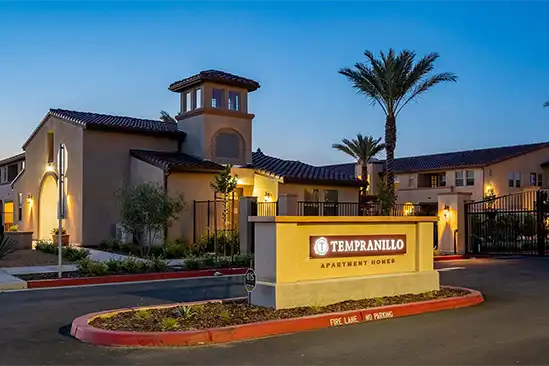SUN PACIFIC 1031
LEADERS IN 1031 EXCHANGE AND DSTs
$1.1 B
AUM
31
Properties
11
States
161
Employees
1031 Exchange Benefits
The benefits of exchanging into Tenant In Common (TIC) and DST property ownership can be compelling, but must be considered against risk, fees, overall value and individual investor suitability.
Property Values Have Escalated Dramatically
Creating large amounts of capital gains (meaning huge taxes)
Increase Income
Income has not kept up with appreciation
Diversify, Diversify, Diversify
Can exchange into multiple properties throughout the country
Keep Your Money Growing
Take full advantage of real estate properties gains and keep your money growing.
- Potentially defer capital gains and recaptures taxes
- Diversify by asset type, geography and strategy
- Tax efficiency through depreciation of the new assets*
- Potential monthly cash flow
- Eliminate management responsibilities: no more tenants
- Potential equity growth and property appreciation
- Leverage research and expertise of national sponsor firms
- Direct ownership of commercial grade properties
*Ask how you can potentially add fresh basis for depreciation
By utilizing professionally managed real estate offerings for your 1031 exchange, you can defer all capital gains and recapture taxes and keep your money working or you. For many long time real estate owners, the benefits can be tremendous. Federal tax rates for long term capital gains are 15% and 25% for recapture taxes. State taxes vary, but often range between 7% to 9%. In the future event a TIC or DST replacement property is sold for additional profit down the road, another 1031 exchange can be transacted with continuous tax deferral.
The goal of TIC/DST investments is to offer professionally managed offering direct real estate ownership without the hassles of day-to day management.
Diversification allows you to reduce the risk of having large amounts of equity in one location and one type of real estate. Our goal is to help investors diversify by asset type (e.g. office, multi-family, self-storage, retail, industrial, warehouse, etc.) holding period, strategy and/or by geography.
For example, if you sold a rental home in northern CA for $900,000 of equity, you could then exchange $300,000 into a student housing complex in Oregon, $300,000 in a NNN leased retail property in North Carolina, and another $300,000 in a medical office building in Colorado. Our strategy would be to help you match the right property or portfolio of properties that best align with your financial goals, objectives and comfort level.
Exchanging into real estate investment property can potentially help increase cash flow. Larger, commercial properties are generally bought and sold based on capitalization rate valuations (cap rates) or net income rates. These rates are based on the relationship between a property’s net operating income and overall sales price. As a result, sponsors can put together a pro forma analysis taking into account a property’s anticipated revenues from current leases in place and anticipated expenses using historical performance data and come up with anticipated net income and targeted returns to investors.
Sponsors will often use cash-on-cash return targets as a simplified metric to help investors calculate net cash flow targets. A cash-on-cash return is the targeted distribution as a percentage of investor equity. So for example, a targeted cash-on-cash return of 7% on an equity investment of $100,000, an investor could anticipate $7,000 in income. Most sponsors pay out distributions on a monthly or a quarterly basis.





